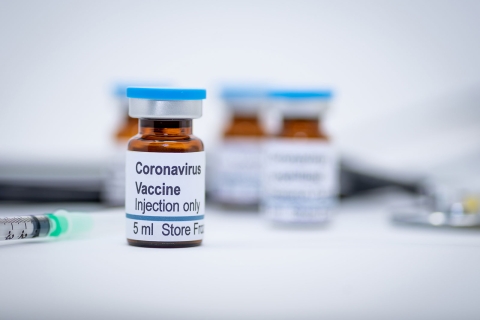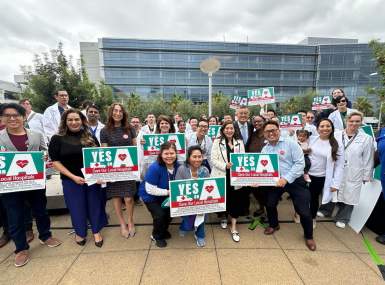NACo Brief Highlights Key Considerations for Counties in COVID-19 Vaccination Distribution
Author

Blaire Bryant
Upcoming Events
Related News

On September 16, 2020 the Department of Health and Human Services (HHS) announced its COVID-19 vaccine distribution plan. The plan was developed in coordination with the Centers for Disease Control and Prevention (CDC) and the Department of Defense (DoD). The agencies released the plan in the form of a brief report to Congress outlining a strategic overview of the plan, and an interim playbook for state, tribal, territorial and local public health programs to begin operationalizing a vaccination response to COVID-19 within their respective jurisdictions.
The strategy overview and jurisdictional playbook were developed as a part of an initiative called Operation Warp Speed (OWS), a multi-agency federal partnership led by the Department of Health and Human Services (HHS), that has been tasked with organizing efforts to accelerate the development, manufacturing, and distribution of COVID-19 vaccines and other countermeasures including diagnostics and therapeutics. The goal of this initiative, as outlined by HHS, is to “deliver 300 million doses of a safe, effective vaccine for COVID-19 by January 2021”.
HHS and OWS are seeking to finalize planning for production and distribution of the vaccine as early as possible, so that they may begin distribution immediately following FDA approval and authorization.
NACo has summarized the contents of the CDC playbook in a brief that highlights key considerations for counties as they work with states and other local jurisdictions to prepare their vaccine distribution plans.

Related News

States submit Rural Health Transformation Program funding applications
On December 29, the Centers for Medicare & Medicaid Services (CMS) announced $50 billion in awards over 5 years to all 50 states under the Rural Health Transformation Program.

CMS issues new guidance on Medicaid Community Engagement Requirements
On December 8, the Centers for Medicare & Medicaid Services (CMS) released a Medicaid and CHIP Services Informational Bulletin (CIB) directing states on how to implement the Medicaid community engagement requirements enacted under Section 71119 of the One Big Beautiful Bill Act legislation (Public Law 119-21), or H.R. 1.

California county sales tax measure backfills federal healthcare cuts
Santa Clara County, Calif. will raise an estimated $330 million each year from a sales tax to backfill lose Medicaid funding.